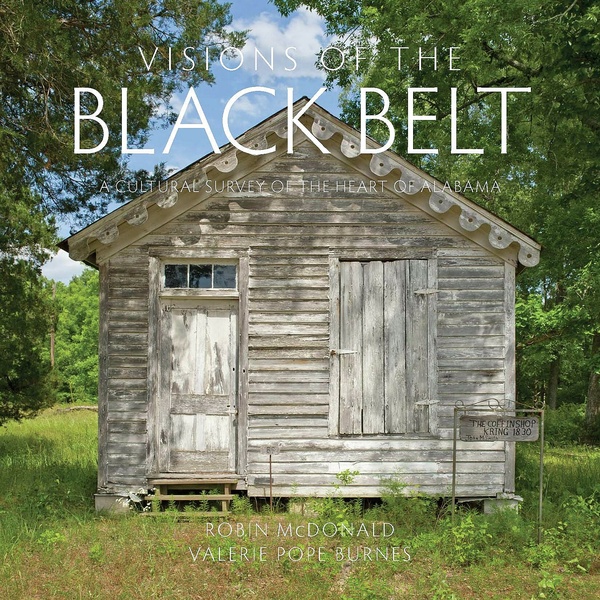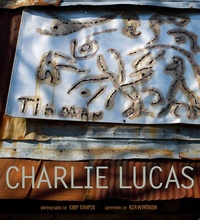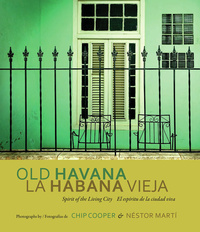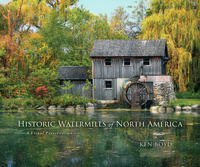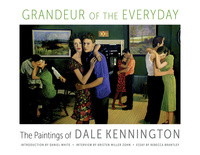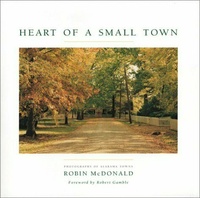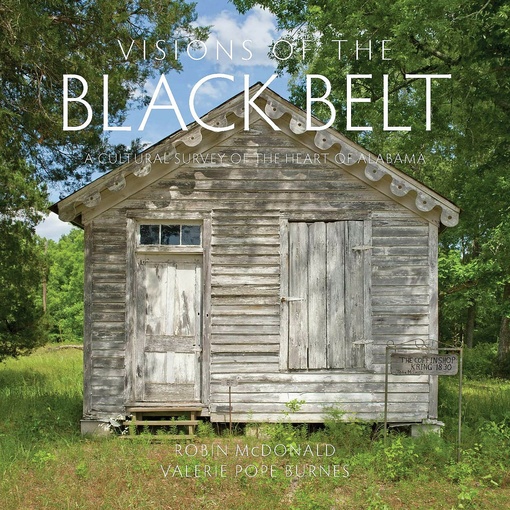
264 pages, 11 x 11
378 color illustrations, including 2 maps
Hardcover
Release Date:15 Aug 2015
ISBN:9780817318796
Visions of the Black Belt
A Cultural Survey of the Heart of Alabama
University of Alabama Press
In Visions of the Black Belt, Robin McDonald and Valerie Pope Burnes offer a richly illustrated tour of the Black Belt, the fertile arc that represents the cultural efflorescence of Alabama’s heartland. Like knowledgeable friends, McDonald and Burnes guide readers through the Black Belt’s towns and architecture and introduce the region’s great panoply of citizens, farmers, craftspeople, cooks, writers, and musicians.
A constellation of Black Belt towns arose during Alabama’s territorial decades, communities like Selma, Camden, Eutaw, Tuskegee, Greenville, and many more. Visions of the Black Belt recounts their stories and others, such as Demopolis’s founding by exiles from Napoleon’s France. As an escarpment of clouds scuds across an indigo sky, the ruins of Alabama’s lost capital of Cahaba reveal the secrets of its lost squares. Also on this picturesque tour are the Black Belt’s homes, from artless cabins wreathed in fern to ozymandian manses wrapped by stately columns, such as Kirkwood and Reverie.
Among the emblematic houses of worship lovingly photographed in Visions of the Black Belt is Prairieville’s St. Andrew’s Episcopal Church, noted for its “carpenter gothic” style. Also reflecting the region’s history of faith are poignant graveyards such as Greenville’s Pioneer Cemetery with its homespun memorials of seashell-and-concrete and the elegant marbles clad in ebon lichen of Selma's Live Oak Cemetery.
In photos and text, McDonald and Burnes bring to life the layers of history that shaped the Black Belt’s tastes, sounds, and colors. Their gastronomic discoveries include the picant crawfish of the Faunsdale Bar & Grill and GainesRidge Dining Club’s famed Black Bottom pie. They bring the sounds of the Black Belt to life by presenting a wide range of musicians and musical events, from bona fide blues and soul masters to Eutaw’s Black Belt Roots Festival.
Including two maps and more than 370 full-color photographs, Visions of the Black Belt offers a timeless message of faith, determination, and the rich simplicity of living in harmony with the rhythms of the land and nature.
Published in Cooperation with the Black Belt Treasures Cultural Arts Center, Camden, Alabama
A constellation of Black Belt towns arose during Alabama’s territorial decades, communities like Selma, Camden, Eutaw, Tuskegee, Greenville, and many more. Visions of the Black Belt recounts their stories and others, such as Demopolis’s founding by exiles from Napoleon’s France. As an escarpment of clouds scuds across an indigo sky, the ruins of Alabama’s lost capital of Cahaba reveal the secrets of its lost squares. Also on this picturesque tour are the Black Belt’s homes, from artless cabins wreathed in fern to ozymandian manses wrapped by stately columns, such as Kirkwood and Reverie.
Among the emblematic houses of worship lovingly photographed in Visions of the Black Belt is Prairieville’s St. Andrew’s Episcopal Church, noted for its “carpenter gothic” style. Also reflecting the region’s history of faith are poignant graveyards such as Greenville’s Pioneer Cemetery with its homespun memorials of seashell-and-concrete and the elegant marbles clad in ebon lichen of Selma's Live Oak Cemetery.
In photos and text, McDonald and Burnes bring to life the layers of history that shaped the Black Belt’s tastes, sounds, and colors. Their gastronomic discoveries include the picant crawfish of the Faunsdale Bar & Grill and GainesRidge Dining Club’s famed Black Bottom pie. They bring the sounds of the Black Belt to life by presenting a wide range of musicians and musical events, from bona fide blues and soul masters to Eutaw’s Black Belt Roots Festival.
Including two maps and more than 370 full-color photographs, Visions of the Black Belt offers a timeless message of faith, determination, and the rich simplicity of living in harmony with the rhythms of the land and nature.
Published in Cooperation with the Black Belt Treasures Cultural Arts Center, Camden, Alabama
Illustrated with absolutely stunning collections of images, the chapters individually and collectively offer a feast for the eyes. Images range from the most humble of structures to plantation homes and churches that would be described as magnificent in any time or place. While the authors do not skirt the issues of race, poverty, and class that obtain, they simply state the facts. There is an evenness of tone, an appreciation of the region as it has been and as it is now that makes this book less about what we have lost than about what we still have. Therefore, to my mind, this is the most valuable kind of work for a general reader: one that cherishes the past but brings us fully into the moment and even looks forward.’
—Jay Lamar, coeditor of The Remembered Gate: Memoirs by Alabama Writers
‘Like rural America everywhere these days, Alabama’s storied Black Belt is undergoing profound change. Yet its gentle landscapes—suffused with the sense of a haunted, romantic past—hold something timeless. And added to its natural beauty is a rich layering of architecture, nearly two hundred years’ worth, that tells a very human story at once wrenching and inspiring. In words and gorgeous, seductive images, the authors have captured a mood, an intangible spell—that anyone who lingers in this very special place must sooner or later feel. Here we have a book that seems sure to become an Alabama classic: a lovely record as well as a nostalgic evocation.’
—Robert Gamble, author of Historic Architecture in Alabama
Visions of the Black Belt is no mere coffee table book full of pretty pictures; it is a profound and intriguing piece of scholarship examining the overarching shadow of the past in a region uniquely defined by its heritage.'
—Mike Bunn, author of Lower Chattahoochee River (Images of America) and coauthor of Battle for the Southern Frontier: The Creek War and the War of 1812
'Visions of the Black Belt is a gorgeous, oversized coffee table book and it will, properly, be bought for the photos, but before talking about the photography, let me urge people ot be sure to read the text.'
—Don Noble, Bookmark, Alabama Public Television
Writer and photographer Robin McDonald is the author of Heart of a Small Town: Photographs of Alabama Towns. Valerie Pope Burnes is an assistant professor of history and former director of the Center for the Study of the Black Belt at the University of West Alabama.

